Boundaries are a cornerstone of any healthy relationship, romantic or otherwise. In an ideal scenario they are tools to make sure everyone involved in a relationship feels safe and comfortable. Boundaries are setting limits put in place to protect yourself from harm and distress. Boundaries exist in opposition to the concept of rules, which are restrictions put on others in an attempt to control someone else and are not part of a healthy relationship dynamic. In short, boundaries are “I will” and rules are “you won’t.”
What are healthy boundaries and how do I set them?
Boundaries are relevant across various parts of our lives and there are five types including physical, time, emotional, material, and sexual. You are not obligated to justify why you have a given boundary but it does not hurt to give the context if you feel so compelled. Here is a brief description of each type of boundary:
Physical: boundaries that include personal space, physical touch, and physical needs like rest. Example: I don’t like hugs, can I offer you a handshake?
Time: boundaries that protect how you spend your time and how much of it goes to different types of commitments. Example: I cannot stay at work beyond my scheduled hours.
Emotional: boundaries that respect your feelings, energy, and emotional labor. Example: Spending quality time together is important for my emotional wellbeing, can we set aside a night to hang out without using our phones?
Material: boundaries that refer to your expectations around sharing items and possessions. Example: You can borrow my car during my work hours, but outside of work hours I need to be able to access it.
Sexual: boundaries that define the type of sexual intimacy you want, how often, when, where, and with whom. Example: Let’s take time to get to know each other before engaging in physical intimacy.
It is important to remember that the most effective boundaries reflect each individual's values and needs. With that in mind, let’s consider some reflection questions that may help you determine your boundaries in your relationships:
How do you want to be touched and by whom? How do you want your family to physically interact with you, if at all? What about friends? Coworkers?
How can you structure your time so you can attend to your responsibilities and also fulfill your own needs? How much alone time do you need, if any? How much time do you want to invest in sectors of your life like work, friendships, romance, etc.?
Are there any topics that make you feel uncomfortable to discuss and what are they? How does that comfort vary based on who you are with? Do you need to set different conversational boundaries for different relationships? Do you have any triggering topics you may want to set boundaries around?
Do your social media feeds make you feel good? If not, what could be eliminated or added to change that? How do you consume news, and do you find that your consumption of it is more effective than it is draining? What role does media consumption play in your life? Is there any way it could be improved? How does consuming the media in your life at present make you feel?
What activities/interactions boost your emotional energy? What drains it? Do you know how to tell when you cannot take on any more emotional weight?
Which possessions would you prefer to keep private? Who is allowed to access those possessions, if anyone other than yourself? Are there certain times you would allow access to those possessions? What does that look like?
What makes you feel safe or unsafe during sex? What conditions will make you the most comfortable and at ease?
The Danger of Misusing Boundaries
Recently, discussions about boundaries and therapy language have been in the news when Jonah Hill’s ex-partner, Sarah Brady, came out with texts between her and Hill. The texts show Hill misusing and weaponizing therapy language and boundaries in an attempt to control Brady. This incident emphasized the need for a deeper exploration of personal boundaries in the zeitgeist. In the text messages, Hill lists what Brady needs to avoid doing to respect his “boundaries,” including things like surfing with men and posting pictures in a bathing suit on social media despite the fact that both of those are parts of her job as a surfing instructor. The immediate red flag is that he is telling Brady what she can and cannot do, instead of explaining how her behavior makes him feel and how he will react if she does do those things.
Understanding the purpose of personal boundaries is key to setting them effectively. The point of boundaries is to set healthy limits for oneself in order to protect one’s emotional wellbeing. Instead of explaining how he would react in response to Brady’s behavior, Hill attempted to dictate what Brady did. There are ways to work together to find a resolution that works for everyone, but none of those ways include one partner unilaterally deciding what is okay for everyone involved. Hill telling Brady what she can and cannot do and framing it as a boundary allows him to control her under the guise of “self-care.” This is an inappropriate usage of therapy language and boundary-setting. It is crucial to remember that therapy language, while powerful and transformative in a therapeutic context, should never be used to undermine or coerce others.
Takeaway
Personal boundaries are an integral part of healthy relationships and self-care. They define what is acceptable and unacceptable in our interactions with others by defining our own reactions to others instead of controlling what other people do. By understanding and respecting personal boundaries, you can establish clear parameters to promote mutual trust and autonomy. It is essential to communicate boundaries effectively and listen actively to others’ boundaries. Boundaries are not about building walls but rather about defining the space where you can thrive while maintaining healthy and fulfilling relationships. If you feel unsure of how to approach determining, setting, and communicating boundaries, consider working with a therapist who can guide you through the process.


































